|
|
|
|
Once in a while, I’ll read a story from The Conversation and be astonished simply that this field of scientific study exists – even before I learn about a researcher’s new findings. That’s the case with this story on the synchronized – but not always! – flashing of fireflies. University of Colorado Boulder postdoc Raphael Sarfati is a physicist who works in a lab that investigates a very particular niche: animal collective behavior. He describes his field work observing a swarm of fireflies in South Carolina and how, upon looking closely at the data on their flashing, he was able to find a segment of the group that was slightly out of synch with the majority – as
predicted by math and physics.
It’s well-understood that air pollution causes respiratory and heart diseases but that’s not where the risk ends. Evidence that it harms the brain and mental health continues to grow. Wayne State University researcher Clara Zundel recently published a systematic review of the literature and writes that it’s very clear that pollutants, such as ultrafine particles from vehicle exhaust, can enter the brain and influence mental health.
The COP27 climate conference ended early this week with a breakthrough agreement for developed countries to create a fund for climate-related “loss and damages” that occur in developing countries, and to keep intact an existing target to limit warming to 1.5 C above pre-industrial levels. But short of an “extraordinary and unprecedented effort” to cut emissions, the world’s countries will not be able to hit that goal, writes climate scientist Peter Schlosser of Arizona State University. What does that mean? He details some of the adverse effects we can expect, such as a much higher risk of extreme weather, and explains why methods for taking CO2 out of the atmosphere are needed.
Also in this week’s science news:
|

|
Martin La Monica
Director of Editorial Projects and Newsletters
|
|
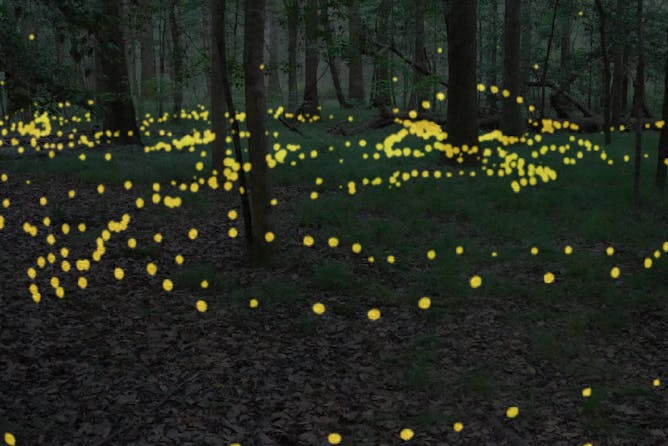
Fireflies’ synchronized light shows have fascinated observers for ages.
Raphael Sarfati
Raphael Sarfati, University of Colorado Boulder
Synchrony is ubiquitous throughout the universe. But physicists’ equations predicted there could also be erratic exceptions marching to their own beat. Now they’ve been spotted in firefly swarms.
|
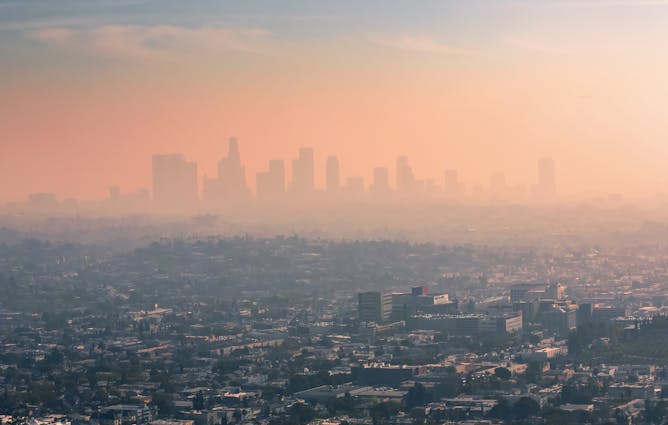
As the planet heats up, air pollution is getting worse.
Westend61/Getty Images
Clara G. Zundel, Wayne State University
In a systematic review of existing studies, researchers found that air pollution such as fine particulate matter can interfere with regions of the brain responsible for emotional regulation.
|

Young activists have been pushing to keep a 1.5-Celsius limit, knowing their future is at stake.
AP Photo/Nariman El-Mofty
Peter Schlosser, Arizona State University
A leading climate scientist explains why going over 1.5 degrees Celsius puts the world in a danger zone.
|
|
|

John Eric Goff, University of Lynchburg
Adidas releases a new ball for every World Cup. At the highest level of play, a ball that behaves in unexpected ways can throw players off. A sports physicist explains the science of this year’s ball.
| |

Jeremy Horowitz, Smithsonian Institution
Black corals provide critical habitat for many creatures that live in the dark, often barren, deep sea, and researchers are learning more about these rare corals with every dive.
|
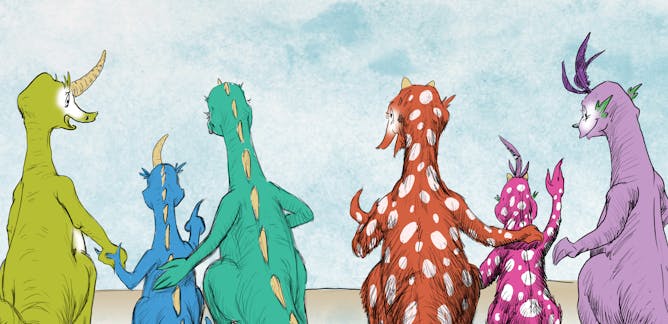
Richard Border, University of California, Los Angeles; Noah Zaitlen, University of California, Los Angeles
People don’t randomly select who they have children with. And that means an underlying assumption in research that tries to link particular genes to certain diseases or traits is wrong.
| |
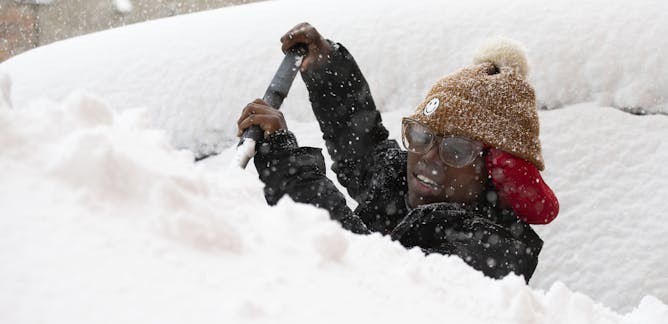
Michael A. Rawlins, UMass Amherst
Western New York got socked by a storm that dumped 6 feet of snow in parts of the region, including the home of the Buffalo Bills’ stadium. A climate scientists explains how storms like this happen.
|

Rebecca S.B. Fischer, Texas A&M University; Annette Regan, University of San Francisco
Respiratory viruses are hitting young children and infants particularly hard this fall and winter season, and experts don’t yet know exactly why.
| |

Jack Burns, University of Colorado Boulder
When the Orion Crew Capsule orbits the Moon there will be no one on board. But the mission will mark a key step in bringing humans back to Earth’s dusty sidekick.
|
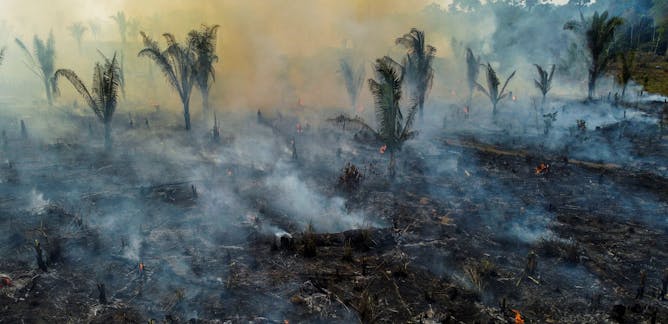
Jennifer Weeks, The Conversation
Brazilian President-elect Luiz Inácio Lula da Silva says he will end land clearance in Brazil’s Amazon region. But powerful forces profit from rainforest destruction.
| |
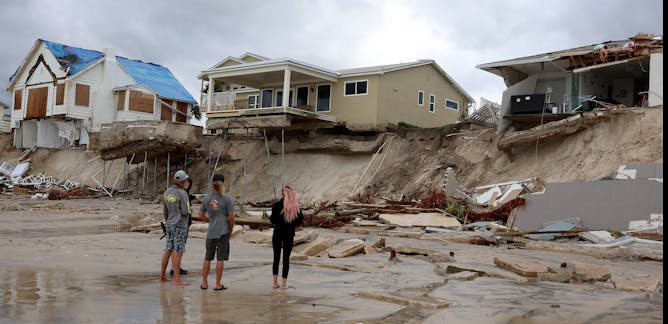
Zhong-Ren Peng, University of Florida
Dozens of homes near Daytona Beach collapsed or were left unstable when Hurricane Nicole struck. Here’s what can be done to reduce that kind of risk.
|
|
|
|
|
-
Lisa Eshun-Wilson, The Scripps Research Institute; Alba Torrents de la Peña, The Scripps Research Institute
Using a Nobel Prize-winning technique called cryo-EM, researchers were able to identify potential areas on the hepatitis C virus that a vaccine could target.
-
Jim Krane, Jones Graduate School of Business at Rice University
130 countries have signed a pledge to cut methane emissions by 30%. Success could have a swift impact on global warming.
-
Adil Najam, Boston University
It’s a landmark agreement, acknowledging for the first time that wealthy countries bear some responsibility to help. But it leaves many unanswered questions.
-
Eric Hittinger, Rochester Institute of Technology; Eric Williams, Rochester Institute of Technology; Qing Miao, Rochester Institute of Technology; Tiruwork B. Tibebu, Rochester Institute of Technology
Start high, drop fast and avoid the free-riders: How to design subsidies that can boost clean energy in the US and elsewhere.
|
|
|
| | |
| | |
| |
| |
| |
|
|
|